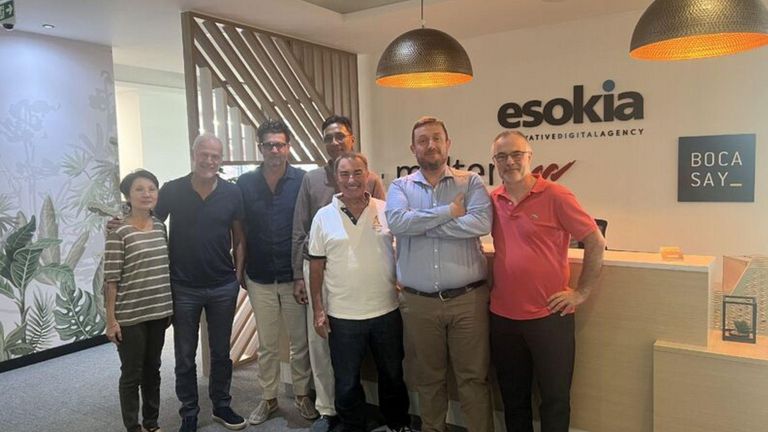Publications
FOCUS 73: Moving The World Forward Through Disruptive Technology

Christophe Fourtet, co-founder and Scientific Director at Sigfox, shares how the company’s software-based communications solution is leading the industry’s transformation.
Tell us about Sigfox and its services (or) operations in Singapore and the region.
Sigfox is the initiator of the 0G network and the world’s leading IoT (Internet of Things) service provider. Its global wireless network available in 72 countries, with 1.3 billion people covered, allows billions of devices to connect to the Internet, in a straightforward way, while consuming as little energy as possible. Sigfox’s unique approach to device-to-cloud communications addresses the three greatest barriers to global IoT adoption: cost, energy consumption and global scalability. Sigfox empowers companies to move their business model towards more digital services, in key areas such as Asset Tracking and Supply Chain. Singapore is Sigfox’s headquarter for the Asia Pacific region.
How does Sigfox-enabled IoT devices overcome the shortfalls of traditional tracking technology?
Conventional radio networks were engineered to be deterministic programmed systems controlling the devices. In IoT usage, this approach creates negative consequences such as high cost and unpredictable consumption. Sigfox system is based on a “cognitive” infrastructure using artificial intelligence that adapts constantly to the changing radio environment and manages a large cohort of simplistic devices.
A Sigfox device decides autonomously the time, frequency, volumes of data, data rate, and simply “broadcasts to the world”. This is achieved at scale despite total de-synchronization, no channelization, and under adverse conditions such as radio noise and interferences.
These devices’ autonomy is predicted by their usage, not by network conditions. This is a game-changer for tracking use cases: with devices constantly moving, the energy cost of the traditional device synchronization with its network is disproportionally high compared to the useful communications. Sigfox turns this around and manages 5+ years of battery life for global trackers. This creates new markets that were previously unaddressed.
What role does IoT work in tandem with Artificial Intelligence?
As explained above, Sigfox makes deep use of AI for its service, with some key benefits: infrastructures are easier to upgrade, new features/services are easier to implement without hardware changes (eg: geolocation, range improvement, speed management). Regarding IoT applications, AI is the science of statistics: The more data you have, and particularly, the more “data sources” you have, the better the knowledge and value.
Cost constraints of traditional M2M induce a vicious circle where, because of unit cost, it is limited to high-value low volume processes, thus is not suitable for data science. The analysis is mission-centric without the large footprint needed for statistics and AI. Low cost, low pollution, IoT allows companies to collect simple data with close to zero maintenance over a large-scale environment. These deployments create massive value for customers as they provide a new and independent source of data on their business processes. This is the most suitable method to feed artificial intelligence processes. In a word, the IoT is the fuel for AI.
How do we create or comply with ethical guidelines in this deep tech sector?
When dealing with large volumes of data, anonymization is key, and Sigfox uses the entire scope of available methods (encryption on transactions, VPN’s and TPM’s on infrastructure etc). Modern IoT based on Sigfox will be more interested in B2B processes than by individual data. 0G IoT is process and statistic oriented, as well as low bandwidth, and, in Sigfox case, NON-CONTROLLABLE, as no one, not even the infrastructure itself, can initiate a connection into a device; making it extremely secure.
Sigfox 0G is also leveraged for good, in projects for environment protection, people safety, or to enable essential services. One such project is “Now Rhinos Speak”, which supports rhino conservation through a monitoring system for endangered rhinos.

Interview with Christophe Fourtet, co-founder and Scientific Director at Sigfox, for FOCUS #73. To read more articles from this issue, download your digital copy here


